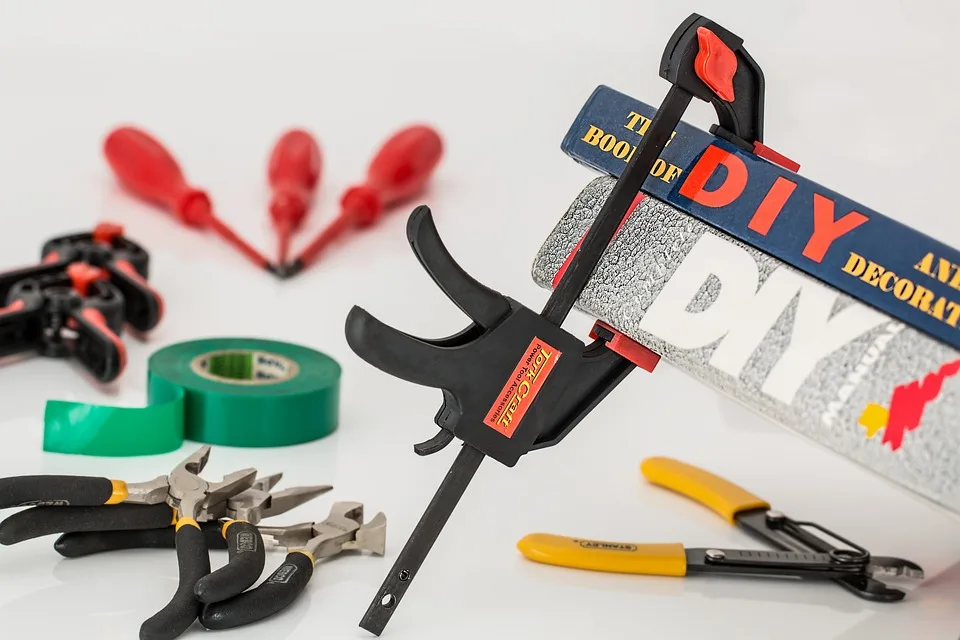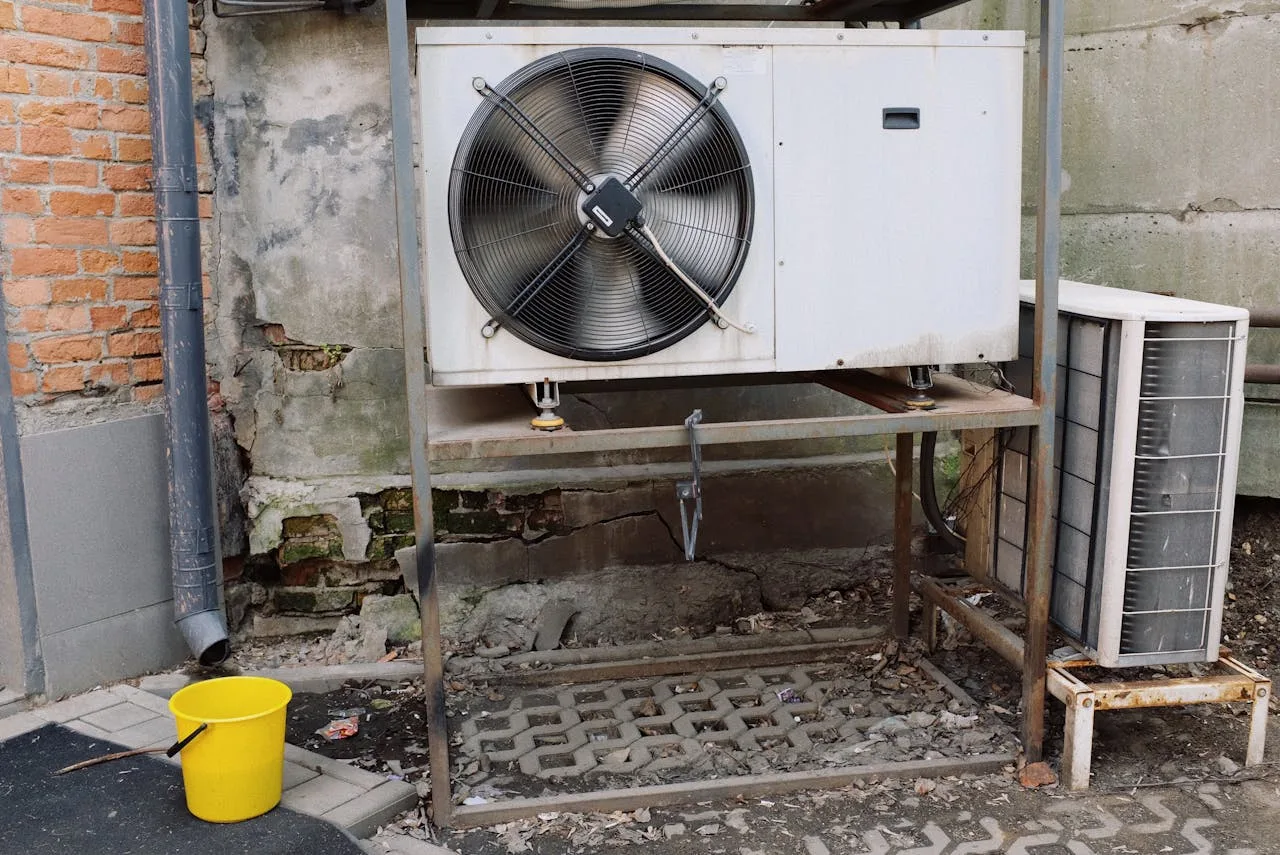As Spring approaches, it is best to get ahead of the hot summer months and be prepared for any air conditioner troubleshooting you might need to pull off. When summer heat blasts, the last thing you want is a malfunctioning air conditioner. While some issues require professional attention, many common problems can be tackled with a little DIY know-how. Here are a few DIY solutions so you can troubleshoot and potentially fix your AC, saving you time and money.

Before you begin:
- Have your AC manual at hand. Specific troubleshooting steps might vary depending on your model.
- Gather basic tools - Screwdriver, flashlight, garden hose (not pressure washer), vacuum cleaner.
- Know your limits. If you're uncomfortable with any step, call a professional.

Not all problems are worth trying to solve, but it is worthwhile to explore some common issues and potential solutions for DIY air conditioner troubleshooting.
Common Air Conditioner Problems and Solutions
Knowing how to troubleshoot air conditioner can save time and money. The following are the most frequent issues and how you can solve them.
Insufficient Cooling or Not Cooling at All
Have you cranked the thermostat down to its lowest setting, but the air just isn't getting cold? When your air conditioner fails to cool effectively or doesn’t cool at all, it can leave you sweltering in the heat. Possible causes include low refrigerant levels, a dirty air filter, or a frozen evaporator coil. To troubleshoot:
Check Your Thermostat: Ensure it’s set to “cool” and at the desired temperature.
Inspect the Air Filter: Replace it if dirty.
Inspect the Outdoor Unit: Clear any debris around it. If issues persist, seek professional AC repair
Professional maintenance may be necessary for more complex issues like hissing or ice buildup. Turn the unit off in this instance.
Warm Air Blowing
In the peak of summer, the last thing you want is warm air blowing from your AC vents. With temperatures soaring, it's vital to address this issue promptly. Warm air blowing could signify clogged air filters, blocked vents, or refrigerant leaks. Begin troubleshooting by cleaning or replacing air filters, inspect for obstructions around vents, and assess the outdoor unit for debris or damage.
Unusual Noises
Is your AC unit making strange noises that disrupt the peace in your home? From rattling and buzzing to squealing and grinding, unusual noises can indicate underlying issues. Loose parts, debris in the system, or motor problems could be the culprits. Take a closer look at your unit, tighten any loose components, clean debris from fan blades, and consider professional service if needed.

Photo by ready made: https://www.pexels.com/photo/air-conditioner-unit-near-wall-of-modern-building-on-street-3964341/
Water Leaks
Finding water around your AC can send shivers down your spine. It's often caused by a simple culprit: a clogged condensate drain. This drain removes moisture from the air, and blockages can cause overflow. Luckily, many manuals include DIY cleaning instructions. If the culprit isn't a clog, check for loose connections in the drain pan.
The Unit Not Turning On
Your AC is silent, and the heat is relentless. What gives?
Tripped circuit breaker: Check your breaker panel and reset if tripped.
Blown fuse: If you're comfortable, replace the fuse. Otherwise, call a professional.
Thermostat problems: Ensure the settings are correct and the power is on.
Always turn off and unplug your AC before any work. For complex issues or electrical work, don't hesitate to seek professional help.
Armed with these troubleshooting tips, you’re well-prepared to tackle basic, common AC problems and keep your cool all summer long. But, safety first! If any DIY fix doesn’t resolve the issue, seek professional help.
